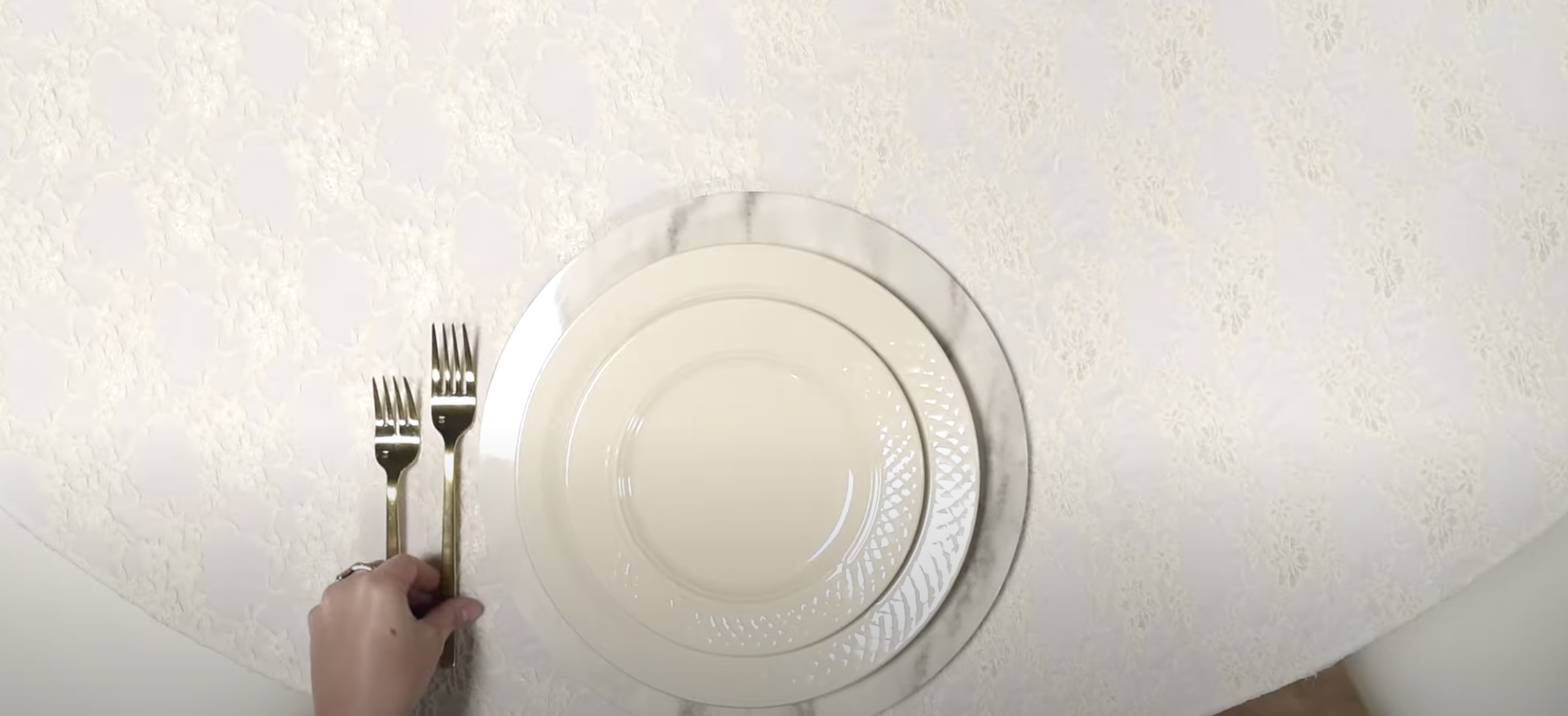

Tableware
Where Do Forks Go In Table Settings
Modified: March 2, 2024
Discover proper table setting etiquette and find out where forks go in table settings. Master the art of arranging tableware for any occasion.
(Many of the links in this article redirect to a specific reviewed product. Your purchase of these products through affiliate links helps to generate commission for Storables.com, at no extra cost. Learn more)
Introduction
Welcome to the world of tableware, where every piece plays a vital role in shaping the dining experience. Amongst the essentials, forks hold a particular significance. Not only do they aid in the process of enjoying a delicious meal, but they also contribute to the overall aesthetics of the table setting. In this comprehensive guide, we will explore the different placements of forks in various table settings, from traditional to modern, casual to formal, and even outdoor and buffet settings.
Proper table setting etiquette is crucial when it comes to creating a memorable dining experience. The placement of each utensil is carefully considered to ensure practicality and enhance the visual appeal of the table. Forks, being an integral part of the cutlery set, deserve special attention.
Whether you’re hosting a formal dinner party, setting up a casual gathering, or preparing a special occasion, understanding the appropriate placement of forks will elevate your table setting game.
So, let’s dive right in and discover the fascinating world of fork placement in table settings!
Key Takeaways:
- Elevate your dining experience by mastering the art of fork placement in various table settings, from casual to formal, and create a visually appealing and practical arrangement for any occasion.
- Whether it’s a simple family dinner or an extravagant celebration, the table setting plays a significant role in creating a memorable and enjoyable dining experience, showcasing your personal style and attention to detail.
Read more: Where Does The Fork Go In A Place Setting?
Basic Table Setting
Set your table with the basic table setting, which serves as the foundation for all other table settings. It is typically used for everyday meals and informal gatherings. This simple arrangement provides a clean and uncluttered look, allowing the focus to remain on the food and the company.
To set a basic table, start by placing a dinner plate at the center of each place setting. Position a fork to the left side of the plate, with the tines facing upward. This is where the salad fork would be placed. To the right side of the plate, place a knife with the blade facing inward, followed by a spoon.
If you’re serving bread or rolls, place a small bread plate above the forks. On the upper left corner of the dinner plate, you can add a folded napkin or a napkin holder. Additionally, you can add a water glass above the knife and a wine glass to the right of the water glass.
The basic table setting is versatile, ideal for when you set your table to adapt to different dining scenarios. Whether you’re enjoying a casual family meal or hosting a small gathering, this simple arrangement sets the tone for a comfortable and relaxed dining experience.
Traditional Table Setting
The traditional table setting, also known as the formal table setting, is an elegant arrangement used for special occasions and formal events. It reflects a sense of sophistication and attention to detail. In this setting, each piece of cutlery has a designated place to ensure a seamless dining experience.
To set a traditional table, begin by placing a white linen or lace tablecloth on the table. Start with a charger plate as the base for each place setting. On top of the charger plate, place a dinner plate in the center.
On the left side of the plate, arrange the forks. The salad fork goes on the outermost left, followed by the dinner fork closer to the plate. The tines of the forks should be pointing upward.
On the right side of the plate, place the knife, blade facing inward, and the spoon. The knife goes closest to the plate, with the spoon next to it. Above the plate, position a folded napkin or use a napkin ring for a polished look.
Completing the traditional table setting, you can add various glassware. Starting from the right side of the plate, place the water glass, followed by the red wine glass and the white wine glass. These glasses should be arranged in a diagonal line, with the water glass closest to the plate and the wine glasses further out.
For a truly formal touch, you can also add additional cutlery such as a fish fork and knife (if seafood is being served) or a dessert spoon and fork at the top of the place setting.
The traditional table setting is an excellent choice for elegant dinners, formal celebrations, and important occasions. It embodies etiquette and style, adding a touch of grandeur to the dining experience.
Modern Table Setting
The modern table setting takes a contemporary approach to table arrangements, incorporating a sleek and minimalistic design. It is perfect for casual gatherings, brunches, or modern-themed events where simplicity and style are emphasized.
To set a modern table, start with a clean and simple tablecloth or placemat that complements the overall aesthetic. Place a dinner plate at the center of each place setting.
On the left side of the plate, position the forks. The salad fork, if included, should be placed on the outermost left, followed by the dinner fork closer to the plate. The tines of the forks should be facing upwards.
On the right side of the plate, place the knife with the blade facing inward, followed by the spoon. Just like the forks, these utensils should have a modern and sleek design.
A folded napkin can be placed on top of the dinner plate or to the left of the forks. This can be done in a creative and artistic way, such as using a napkin ring or an interesting fold to add a touch of flair.
When it comes to glassware for a modern table setting, keep it simple. Place a water glass above the knife and, if desired, a wine glass to the right of the water glass. These should be aligned with the top of the knife.
The modern table setting embraces simplicity and minimalism. It allows the focus to shift towards the food, the conversation, and the ambiance. The clean lines and contemporary design elements create a visually appealing and understated table arrangement.
Don’t be afraid to add unique and personal touches to the modern table setting, such as incorporating interesting textures or adding a small centerpiece that complements the theme or color scheme of the event. Remember, the goal is to create a stylish and inviting atmosphere that reflects your modern taste.
Informal Table Setting
The informal table setting strikes a balance between the simplicity of the basic table setting and the formality of the traditional setting. It is commonly used for casual gatherings, family meals, and relaxed get-togethers. This setting allows for a comfortable and laid-back dining experience while still maintaining a sense of organization.
To set an informal table, start by placing a dinner plate at the center of each place setting. On the left side of the plate, position the forks. The salad fork goes on the outermost left, followed by the dinner fork closer to the plate. The tines of the forks should be pointing upward.
On the right side of the plate, place the knife, blade facing inward, and the spoon next to it. The knife should be positioned closest to the plate, with the spoon next to it.
A folded napkin can be placed on top of the dinner plate or to the left of the forks. This can be done in a simple fold or with the help of a napkin ring to add a touch of decoration.
When it comes to glassware for an informal table setting, place a water glass above the knife. If desired, include a wine glass to the right of the water glass.
Additional elements can be added to enhance the informal table setting. For example, you can include a bread plate above the forks and position a butter knife diagonally across the plate. This allows guests to easily enjoy bread or rolls during the meal.
The informal table setting promotes a relaxed and welcoming atmosphere. It is a versatile option that can be adapted to various occasions, from cozy family dinners to casual gatherings with friends. The focus is on creating an inviting space for enjoyable meals and conversation.
Remember, while the informal table setting may be less formal than other options, it is still important to pay attention to the details and strive for a well-organized and visually appealing arrangement.
Read more: Where Do You Place The Salad Fork?
Formal Table Setting
The formal table setting is reserved for special occasions, upscale events, and formal gatherings. It exudes elegance and sophistication, creating a memorable dining experience for guests. Every element is meticulously placed with precision and attention to detail.
To set a formal table, start by laying a crisp, white tablecloth that covers the entire table. Place a charger plate as the base for each place setting. On top of the charger plate, place a dinner plate in the center.
On the left side of the plate, arrange the forks. The salad fork is placed on the outermost left, followed by the fish fork (if applicable) and the dinner fork closest to the plate. The tines of the forks should be pointing upward in a uniform manner.
On the right side of the plate, place the dinner knife, with the blade facing inward, followed by the fish knife (if applicable) and the soup spoon, arranged in a diagonal line. The knife goes closest to the plate, with the spoon next to it.
A folded napkin can be placed on top of the dinner plate, positioned in a decorative fold or with the help of a napkin ring. Alternatively, you can place the napkin to the left of the forks for a classic touch.
For a formal table setting, the glassware plays a crucial role. Starting from the right side of the plate, place the water glass, followed by the red wine glass, the white wine glass, and the champagne flute (if applicable). These glasses should be arranged in a diagonal line, with the water glass closest to the plate.
Completing the formal table setting, you can incorporate additional cutlery, such as a seafood fork and knife or a dessert spoon and fork at the top of the place setting.
The formal table setting exudes elegance and sophistication. It sets the stage for grand celebrations and signifies attention to detail. Each element, from the perfectly aligned cutlery to the polished glassware, contributes to a visually stunning table arrangement.
When using a formal table setting, it’s important to remember to allow adequate space between each place setting to ensure guests have enough room to comfortably enjoy their meal. With proper execution, the formal table setting creates an atmosphere of luxury and refinement, making it a truly memorable experience for all those in attendance.
When setting a table, place the fork on the left side of the plate, with the tines facing up. If there are multiple forks, place them in the order they will be used from the outside in.
Casual Table Setting
The casual table setting is perfect for relaxed and laid-back occasions, such as family gatherings, brunches, or informal get-togethers. It creates a welcoming and comfortable atmosphere, where the focus is on casual enjoyment and good company.
To set a casual table, start by placing a dinner plate at the center of each place setting. On the left side of the plate, position the forks. The salad fork is placed on the outermost left, followed by the dinner fork closer to the plate. The tines of the forks should be pointing upward in a relaxed manner.
On the right side of the plate, place the knife with the blade facing inward, followed by the spoon next to it. The knife should be positioned closest to the plate, with the spoon next to it.
A folded or rolled napkin can be placed on top of the dinner plate or to the left of the forks. This can be done in a casual fold or with the help of a simple napkin ring for added charm.
When it comes to glassware for a casual table setting, place a water glass above the knife. If desired, include a wine glass to the right of the water glass.
Additional elements can be added to enhance the casual table setting, depending on the occasion and personal preference. For example, you can include a bread plate above the forks and position a butter knife diagonally across the plate. This allows guests to enjoy bread or rolls during the meal.
The casual table setting embraces a relaxed and inviting ambiance. It promotes easy conversation and a sense of warmth. While it may be less formal than other table settings, it is important to still pay attention to the details and strive for a well-presented arrangement.
Feel free to add personal touches to the casual table setting to reflect your personal style and the mood of the gathering. Whether it’s incorporating colorful linens, playful napkin holders, or unique glassware, let your creativity shine to create a casual table setting that perfectly suits the occasion.
Buffet Table Setting
The buffet table setting is specifically designed to facilitate self-service dining at buffet-style events. It allows guests to easily navigate and serve themselves while maintaining a visually appealing and organized display of food and beverages.
When setting up a buffet table, start by selecting an appropriately sized table that can accommodate the desired spread of dishes. Begin by arranging stacks of plates at one end of the table, ensuring an ample supply for guests to serve their food.
Next, position the utensils. Place a stack of folded napkins near the plate area, and provide a variety of utensils, such as forks, knives, and spoons, in equal amounts along the table. Arrange the utensils in an organized and systematic manner, ensuring easy access for guests as they move along the buffet.
In the buffet setting, it is common to provide a variety of self-serve dishes. Along the table, set out a selection of serving utensils, including spoons, tongs, and ladles, for guests to use when serving themselves.
When it comes to glassware, stack clean glasses near the beverage station. Offer a variety of options, such as water glasses and different types of stemware for various beverages, including wine and cocktails.
To enhance the aesthetics of the buffet table, incorporate decorative elements and labels. Use attractive platters, bowls, and trays to present the food in an enticing manner. Label each dish with its name to help guests easily identify and choose their preferred items.
Consider adding height variations to the buffet table by using serving stands or risers. This creates an appealing visual display and allows guests to easily reach all the available options.
Alongside the food and utensils, don’t forget to provide additional necessities such as napkins and condiments. Place a variety of condiments, sauces, and dressings in small bowls or dispensers near the appropriate food items.
The buffet table setting prioritizes convenience and accessibility for guests. It allows individuals to serve themselves according to their preferences while maintaining an organized and visually appealing presentation. By paying attention to the details and creating an inviting atmosphere, you can ensure a successful buffet dining experience for all attendees.
Outdoor Table Setting
An outdoor table setting provides a unique opportunity to dine al fresco and enjoy the beauty of nature. Whether you’re hosting a picnic, a barbecue, or a casual outdoor gathering, the table setup should reflect the relaxed and natural surroundings.
To create an outdoor table setting, start with a durable and weather-resistant tablecloth or picnic blanket that complements the outdoor setting. Place a large platter or centerpiece in the center of the table as a focal point, perhaps adorned with fresh flowers or seasonal decorations.
When it comes to tableware for an outdoor setting, opt for sturdy and unbreakable materials. Consider using melamine or bamboo plates and bowls, which are lightweight and durable. Choose colorful and patterned designs to add a festive touch to the table.
Position the necessary utensils around each place setting. Place a fork, knife, and spoon next to each plate, ensuring that they are easily accessible for guests. You can also provide individual sets of serving utensils to allow for communal sharing.
In terms of glassware, use unbreakable drinkware such as acrylic or plastic cups. Alternatively, consider using mason jars, reusable water bottles, or insulated tumblers to serve beverages. These options are practical, environmentally friendly, and less prone to breakage.
Remember to provide napkins that are lightweight and can withstand outdoor conditions. You can simply roll or fold the napkins and place them next to each plate or arrange them in a napkin holder for a charming touch.
To create a cozy and inviting atmosphere, consider adding comfortable seating options such as outdoor cushions or blankets. You can also incorporate decorative elements, such as string lights, candles, or lanterns, to provide ambient lighting as the sun sets.
When hosting an outdoor gathering, it’s important to consider the weather conditions. Provide shade with umbrellas or canopies and have a backup plan in case of rain. Additionally, consider using weighted tablecloth clips or alternative methods to secure the tablecloth against wind gusts.
The outdoor table setting embraces the beauty of nature and encourages a laid-back and enjoyable dining experience. It allows you and your guests to bask in the sunshine, enjoy the fresh air, and savor delicious food in a relaxed and natural environment.
Overall, the key is to create a comfortable and inviting space that complements the outdoor setting while ensuring that practicality and durability are prioritized in the choice of tableware and decorations. Enjoy the wonders of outdoor dining and make lasting memories with loved ones.
Read more: Which Fork Is Bigger Than A Salad Fork?
Special Occasion Table Setting
A special occasion calls for a table setting that exudes elegance, sophistication, and a touch of extravagance. Whether you’re hosting a formal dinner party, celebrating a milestone event, or throwing a lavish soirée, a special occasion table setting sets the stage for a memorable and extraordinary dining experience.
To create a special occasion table setting, start with a luxurious tablecloth in a color or pattern that complements the theme or color scheme of the event. Place a charger plate at the center of each place setting to add a regal touch and provide a base for the other elements.
On the left side of the charger plate, arrange the forks. The salad fork goes on the outermost left, followed by the fish fork (if applicable) and the dinner fork closest to the plate. The tines of the forks should be pointing upward in a symmetrical manner.
On the right side of the charger plate, place the dinner knife, with the blade facing inward, followed by the fish knife (if applicable) and the soup spoon. These should be strategically aligned, with the knife closest to the plate and the spoon next to it.
Position a bread plate above the forks and place a butter knife diagonally across the plate. This allows guests to easily enjoy bread or rolls during the meal.
A folded or intricately folded napkin can be placed on top of the dinner plate or to the left of the forks. This can be done in an elaborate fold or with the help of an elegant napkin ring or decorative element.
When it comes to glassware for a special occasion table setting, the options are vast. Starting from the right side of the charger plate, place the water glass, followed by the red wine glass, the white wine glass, and the champagne flute (if applicable). These glasses should be arranged in a diagonal line, with the water glass closest to the charger plate.
The special occasion table setting allows for further customization based on the specific event. For example, you may choose to incorporate additional cutlery, such as a seafood fork and knife, or specialty utensils for specific dishes.
Enhance the ambiance by incorporating candlelight or soft lighting with the help of candelabras, tea lights, or elegant candle holders. Consider adding a beautiful centerpiece, such as a floral arrangement or a decorative sculpture, to create a striking focal point.
Remember, the special occasion table setting is an opportunity to showcase your personal style and make a lasting impression on your guests. Paying attention to the finer details and creating a luxurious and refined atmosphere will set the stage for an unforgettable dining experience.
Whether it’s a wedding reception, an anniversary celebration, or a grand gala, the special occasion table setting sets the tone for a remarkable event, creating cherished memories for all who attend.
Conclusion
The art of table setting goes beyond mere functionality, as it sets the stage for an exceptional dining experience. From the placement of forks to the arrangement of glassware, each element contributes to the overall aesthetics and practicality of the table. Whether you’re hosting a formal dinner party, organizing a casual gathering, or enjoying an outdoor meal, understanding the different table settings is crucial in creating the desired atmosphere.
From the basic table setting to the formal and special occasion settings, each style has its own unique characteristics that cater to specific types of events. The basic table setting offers simplicity and practicality, perfect for everyday meals and informal gatherings. The traditional table setting exudes elegance and attention to detail, ideal for formal occasions and special events. The modern and casual settings embrace simplicity and personal style, creating a laid-back and inviting atmosphere. The buffet and outdoor settings take into account practicality and adaptability to specific dining scenarios, such as self-service and al fresco dining.
When setting the table, it is important to strike a balance between functionality and aesthetics. Utensils, glassware, and other elements should be placed in a way that allows ease of use for guests while creating an appealing visual arrangement. Additionally, personal touches and attention to detail can elevate the dining experience, such as incorporating creative napkin folds or adding decorative elements that align with the theme of the event.
Whether it’s a simple family dinner or an extravagant celebration, the table setting plays a significant role in creating a memorable and enjoyable dining experience. It sets the tone for the event, creates an inviting ambiance, and showcases your personal style and attention to detail. So, whether you’re a seasoned host or a newcomer to tableware etiquette, this guide provides the essential knowledge to create a stunning table setting for any occasion.
Remember, the ultimate goal is to create an environment where guests can relax, savor delicious food, and enjoy delightful conversation. By mastering the art of table setting, you ensure that every meal becomes a special occasion, leaving a lasting impression on your guests and creating cherished memories for years to come.
Frequently Asked Questions about Where Do Forks Go In Table Settings
Was this page helpful?
At Storables.com, we guarantee accurate and reliable information. Our content, validated by Expert Board Contributors, is crafted following stringent Editorial Policies. We're committed to providing you with well-researched, expert-backed insights for all your informational needs.
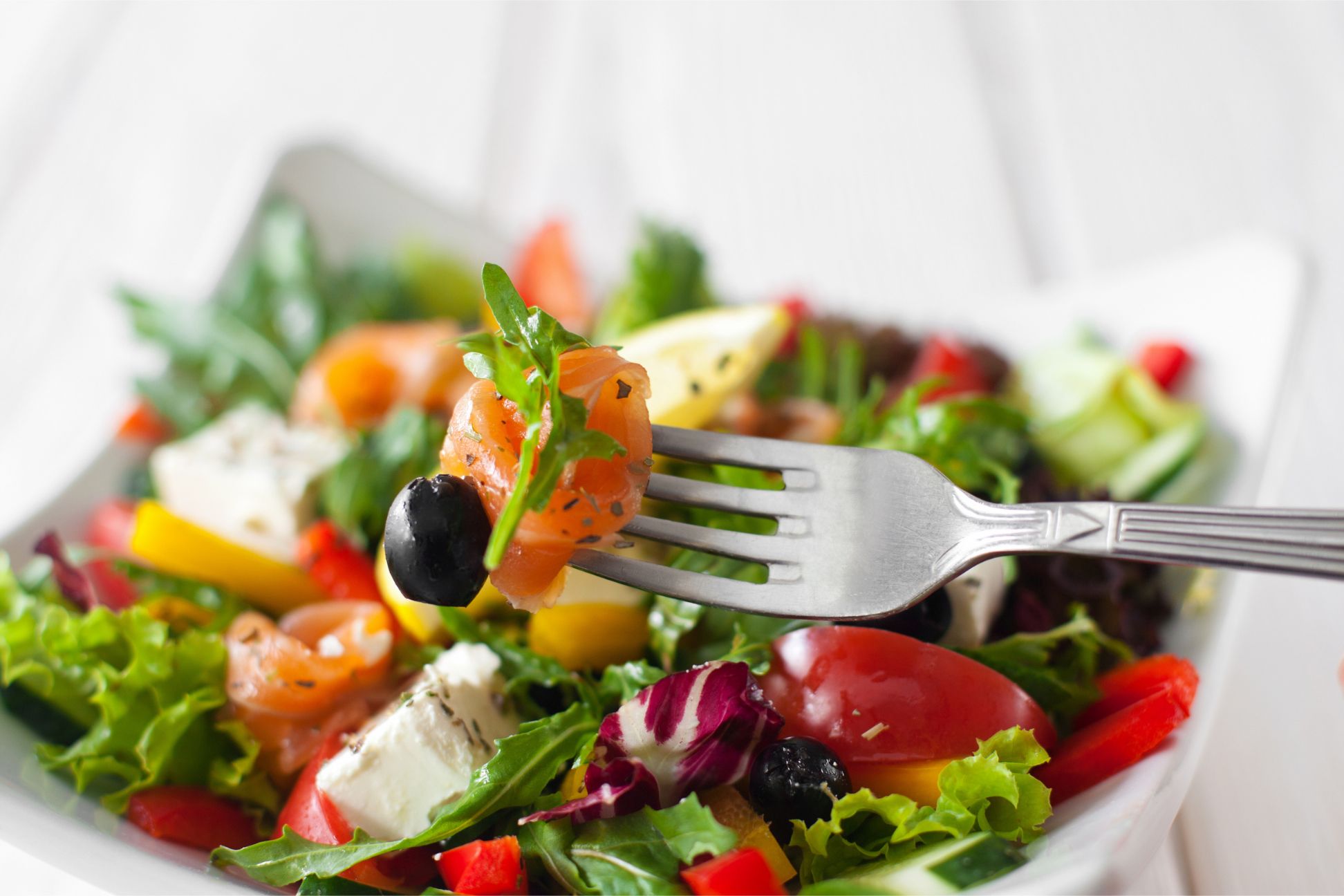
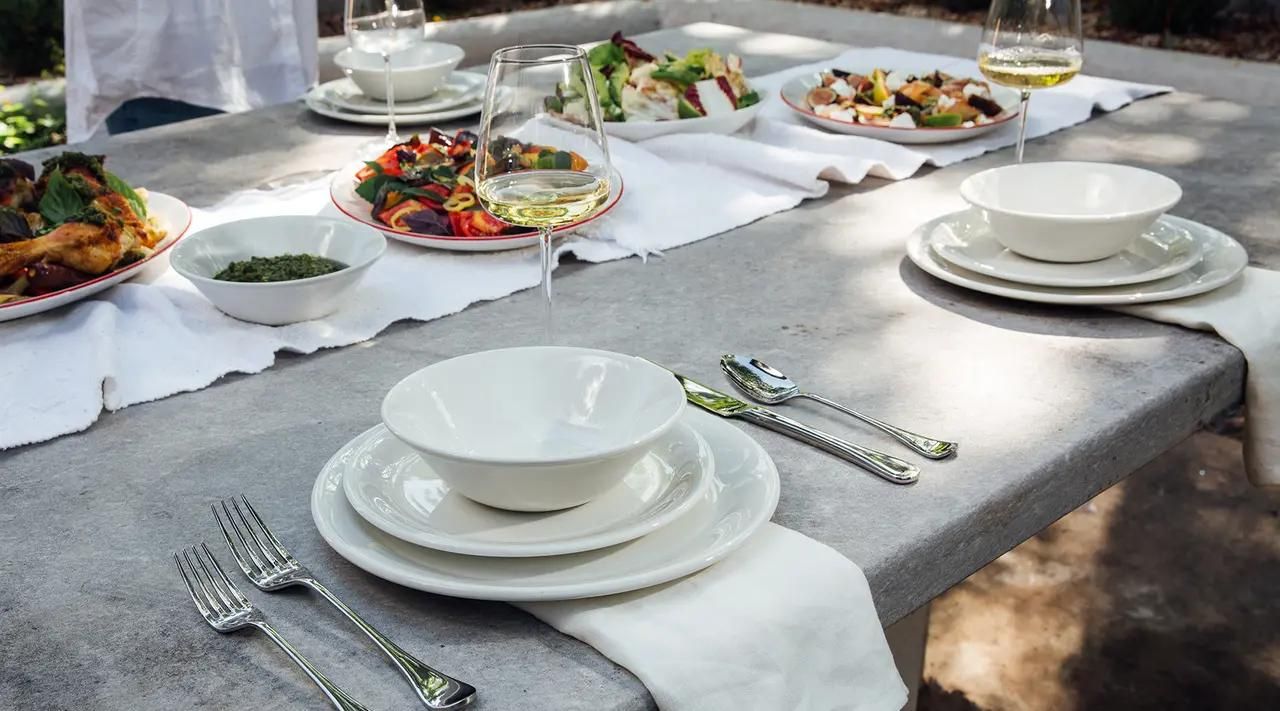
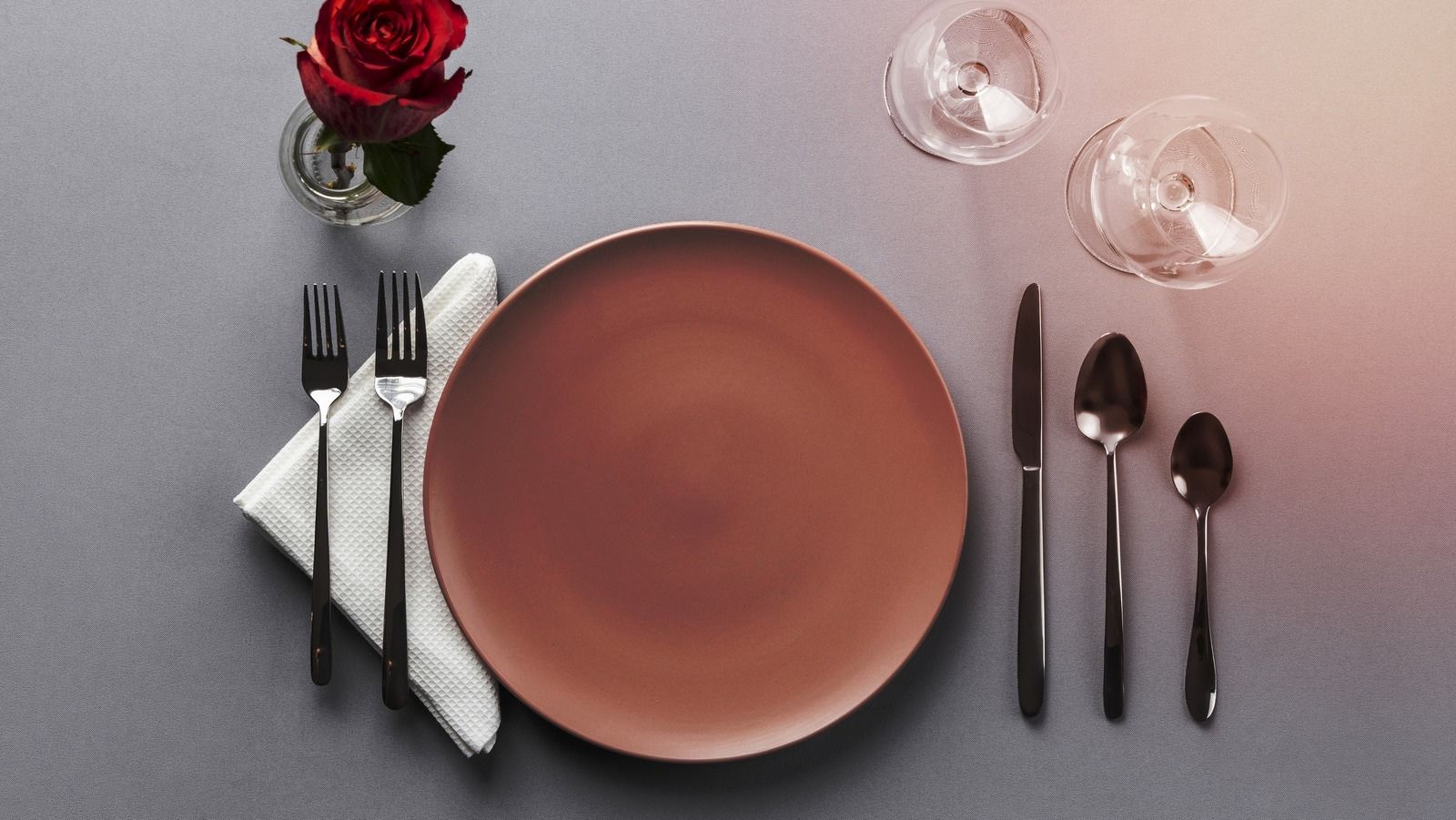
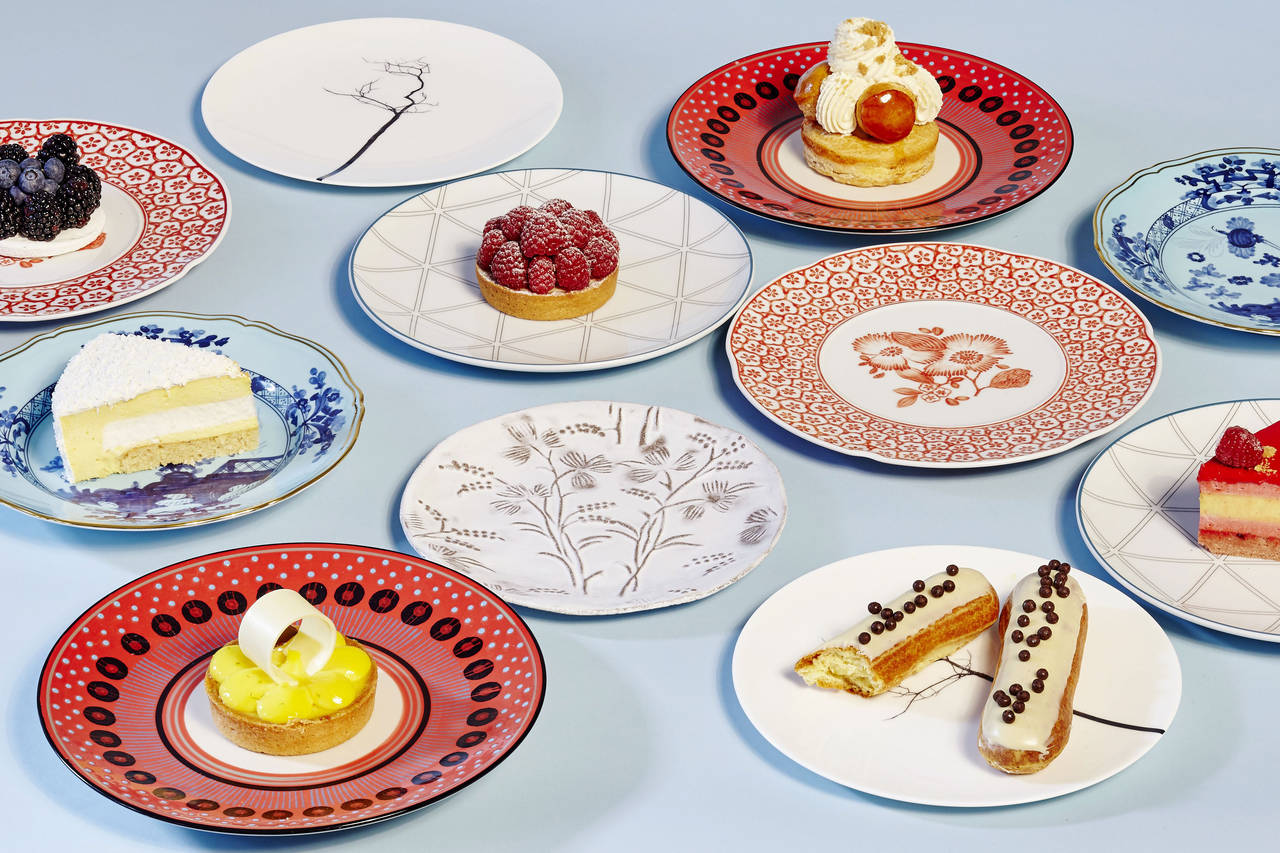
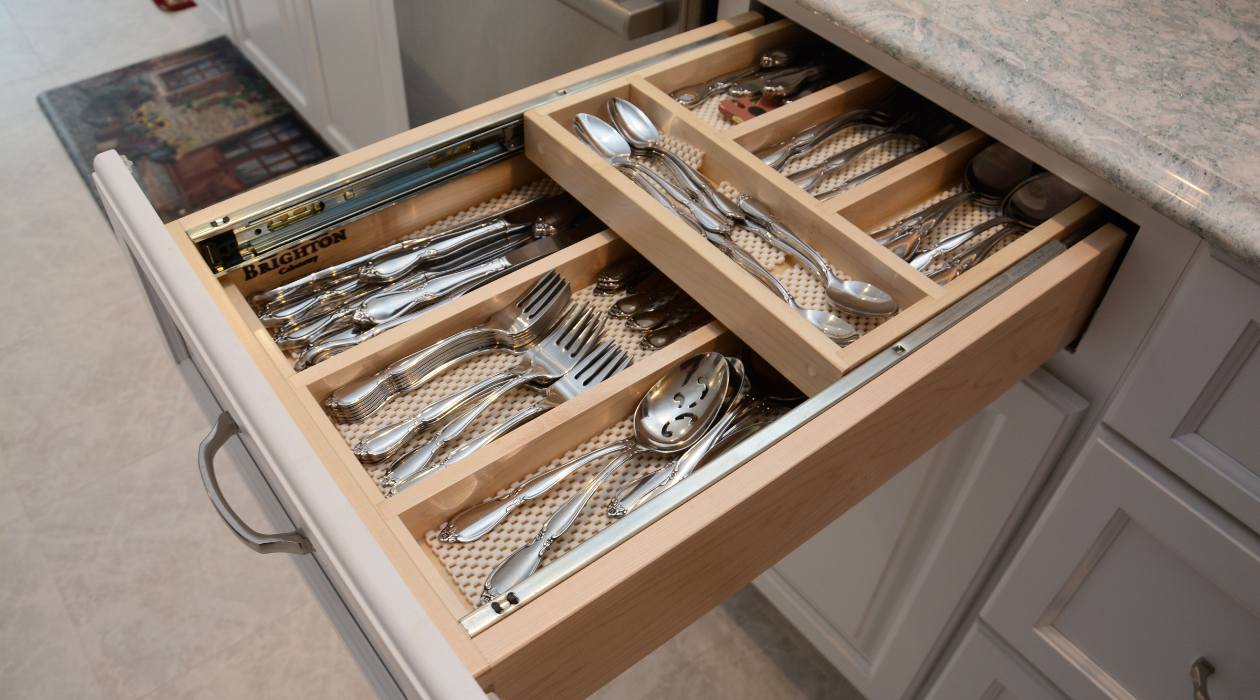
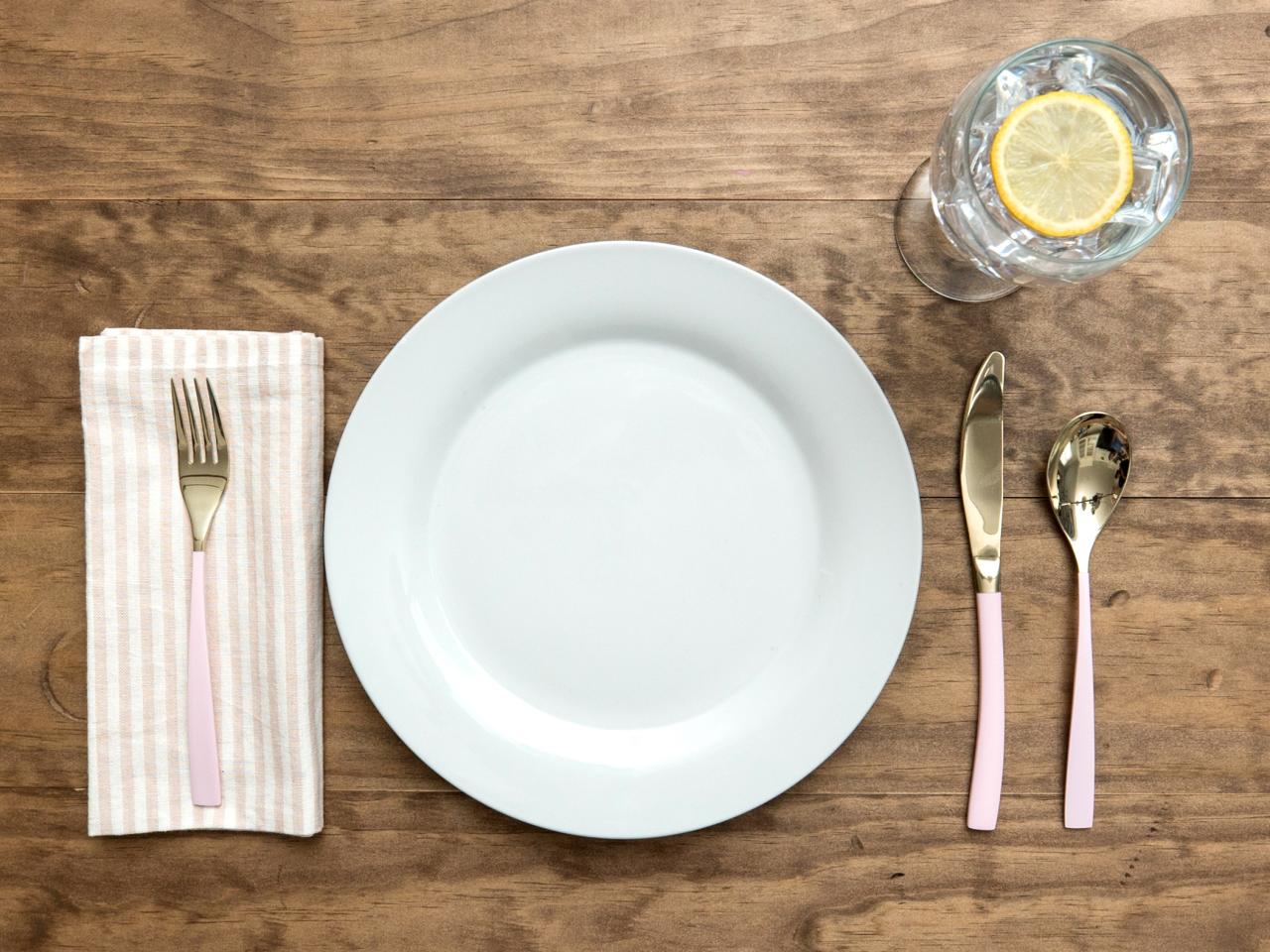
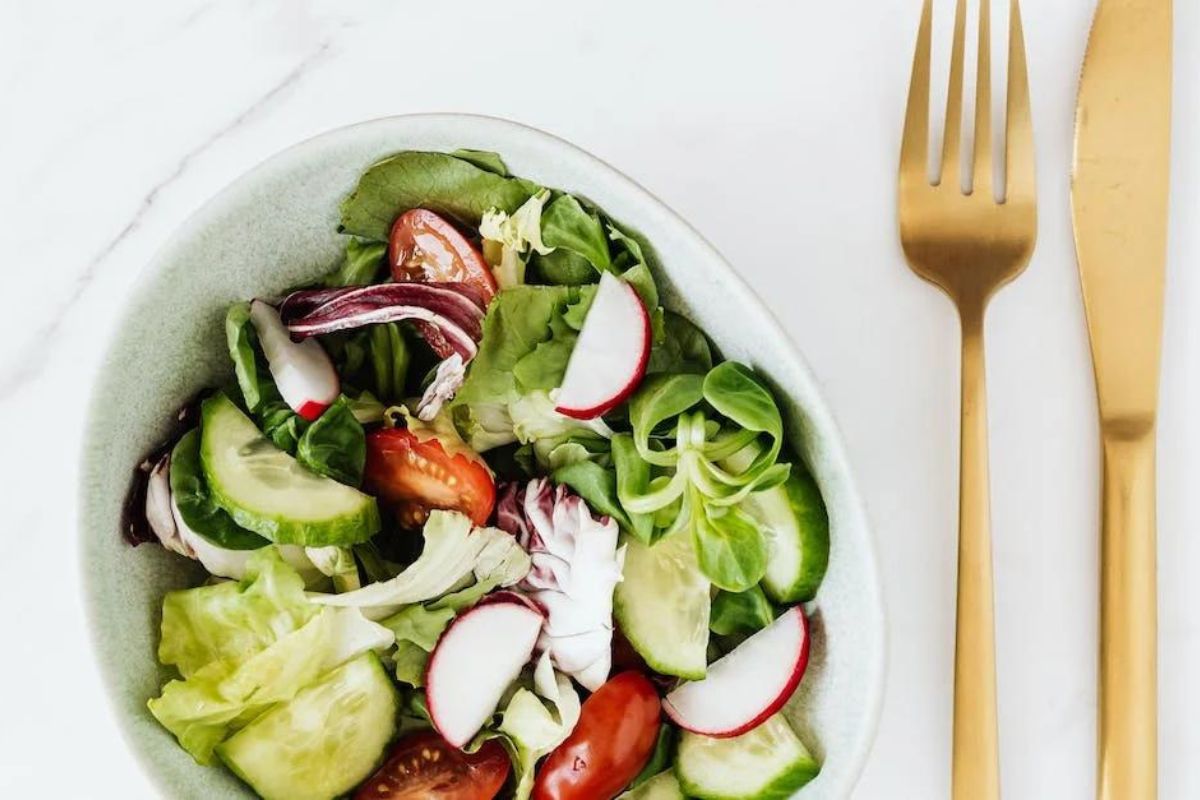
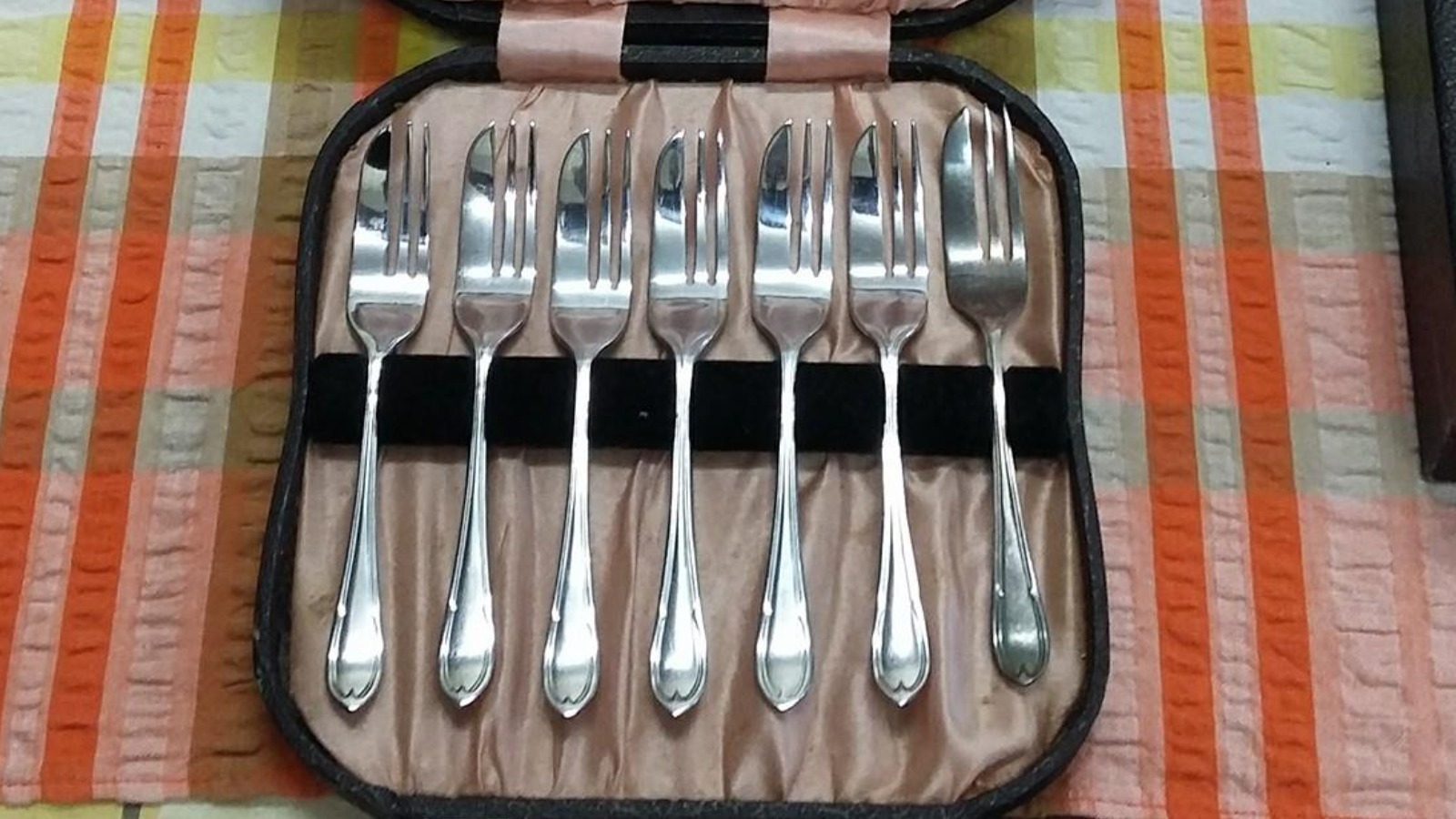
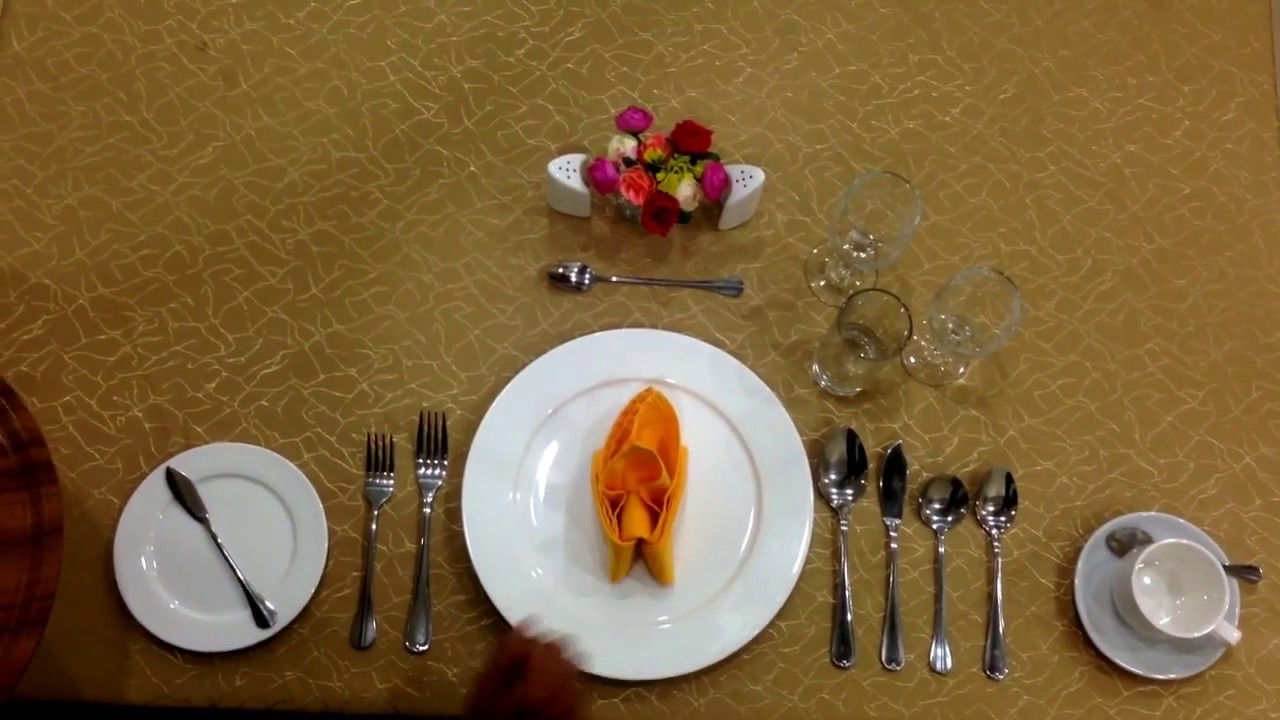
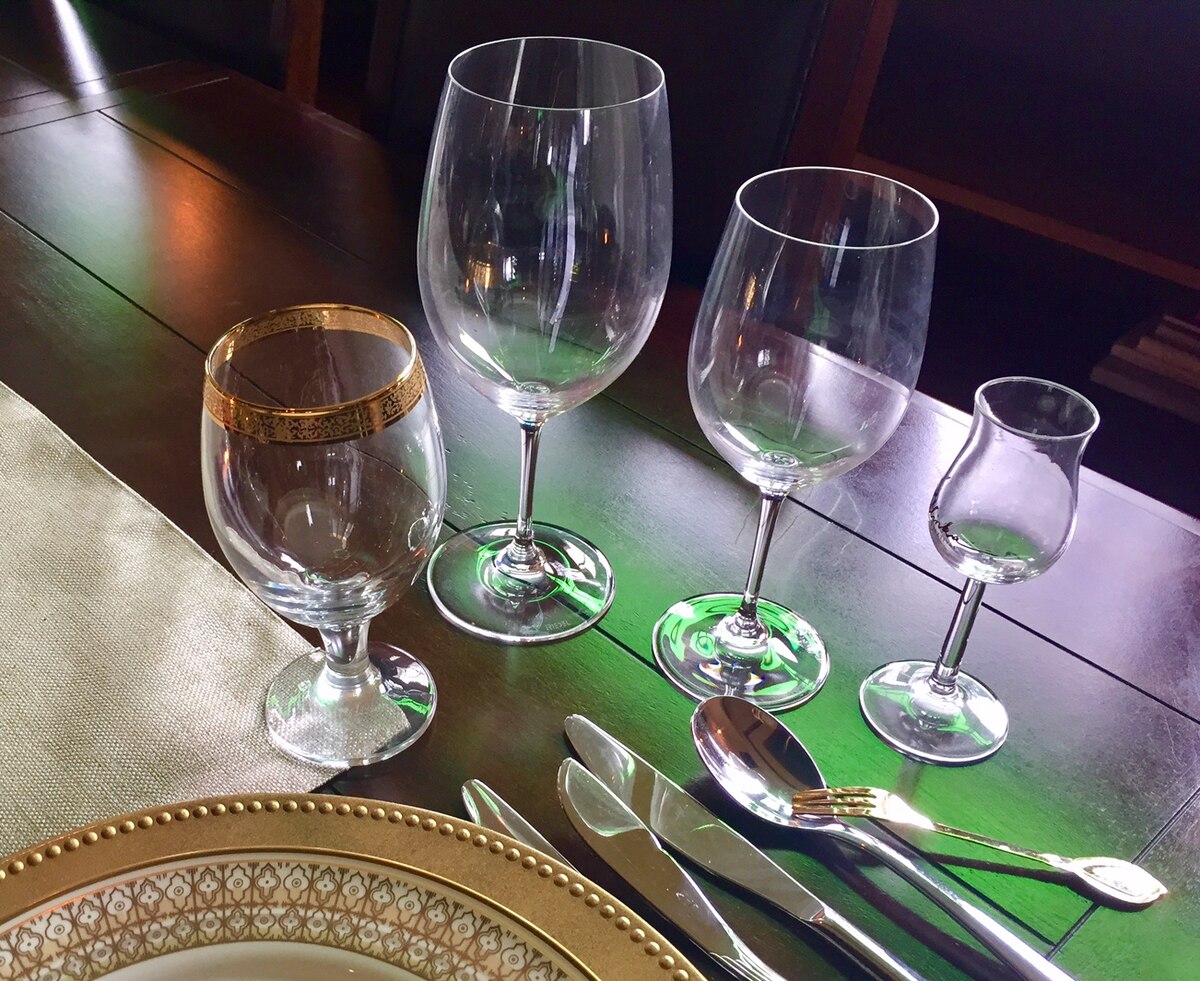
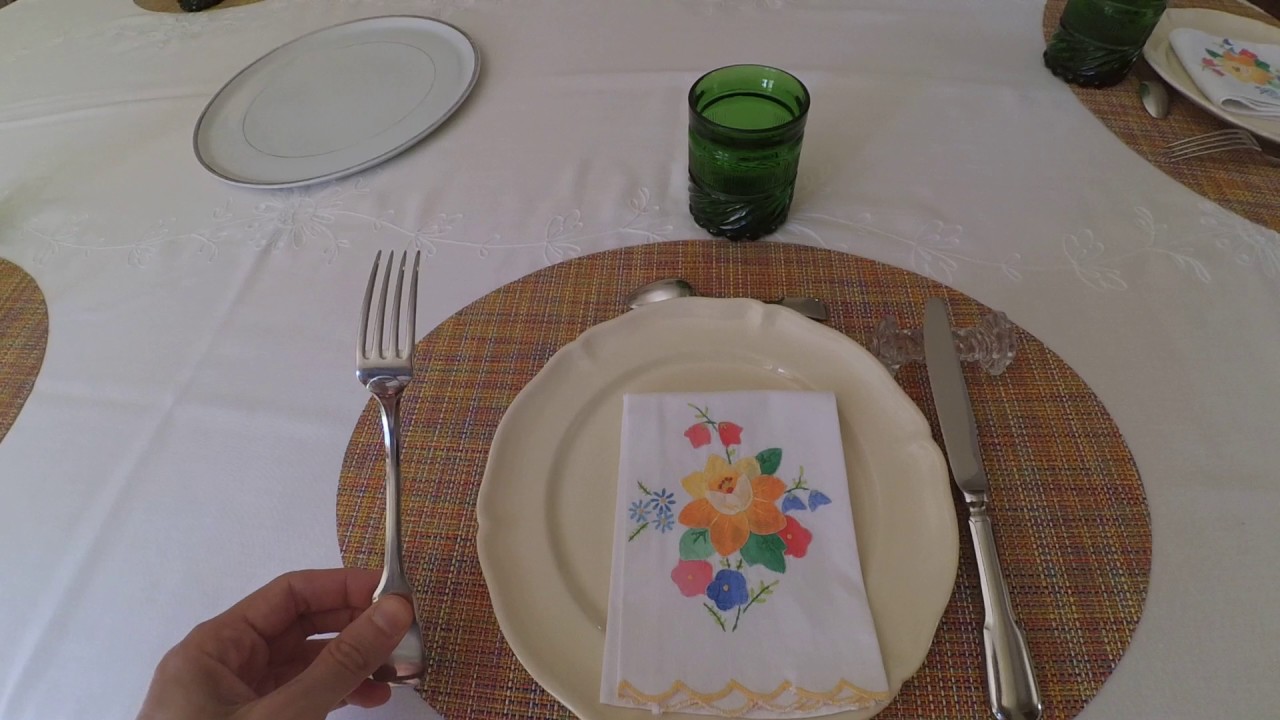
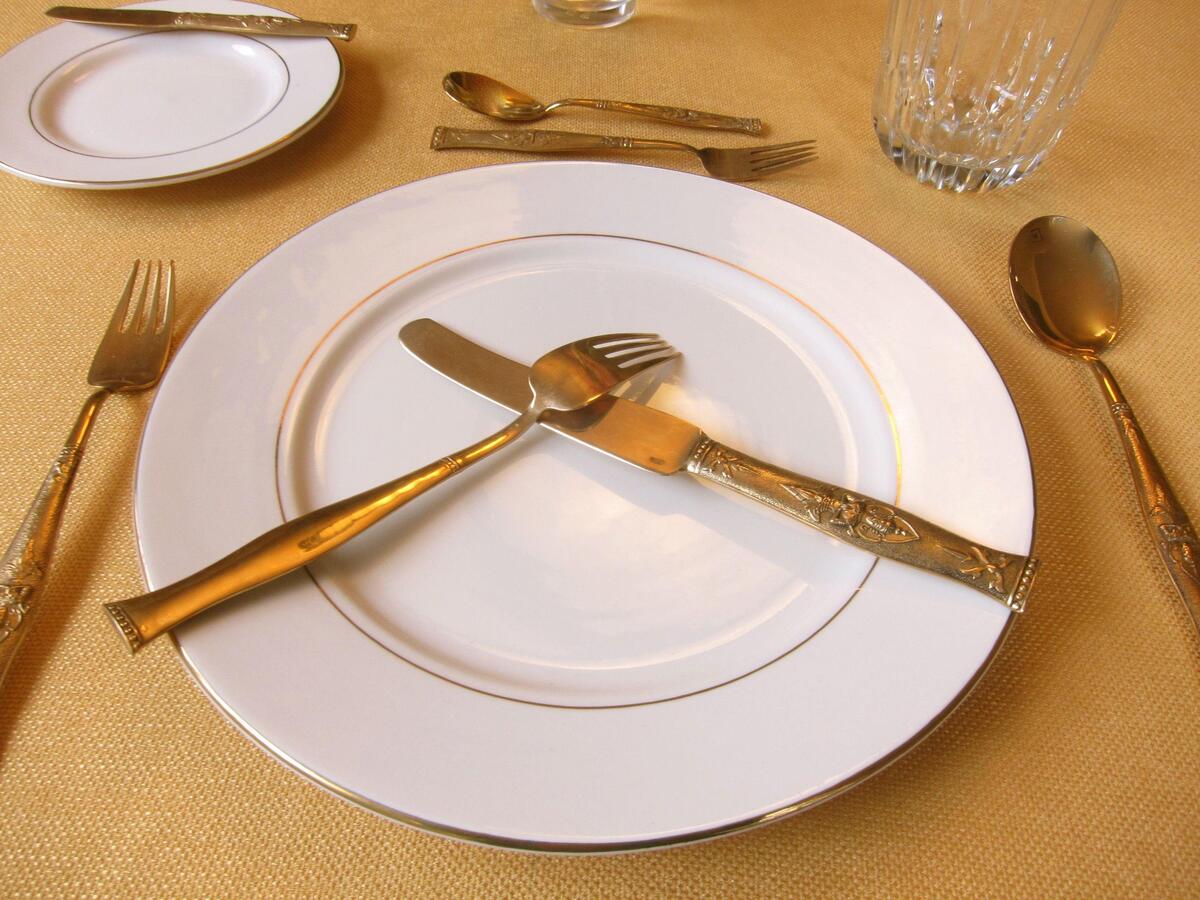
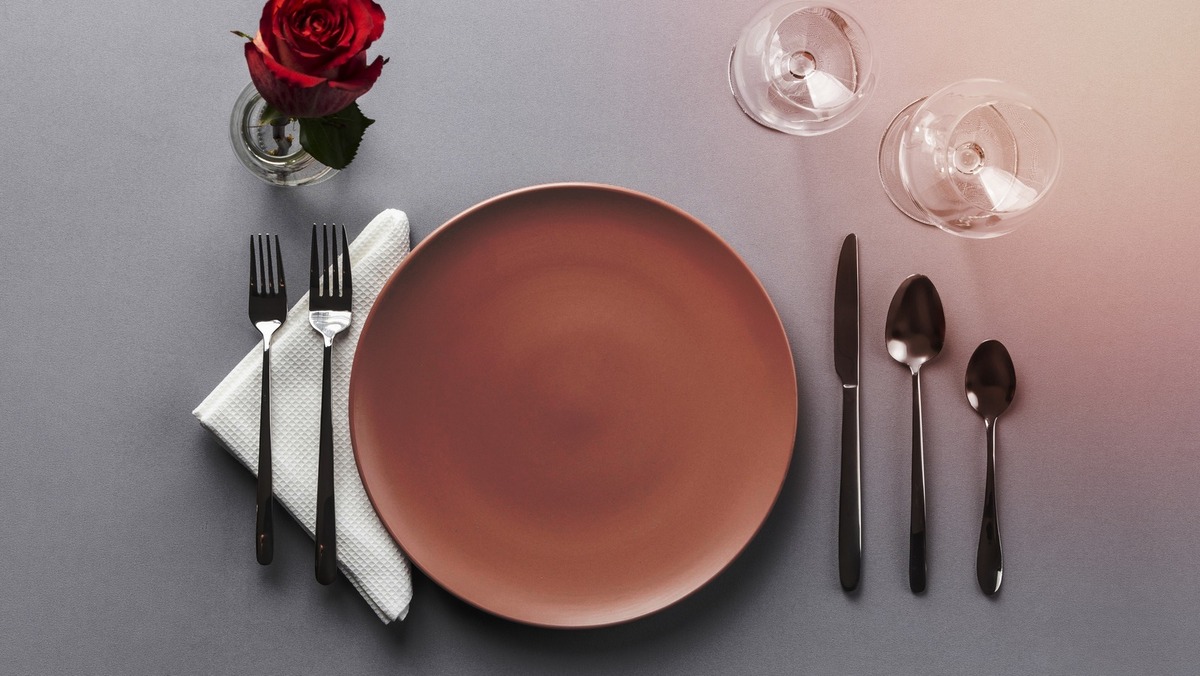

0 thoughts on “Where Do Forks Go In Table Settings”